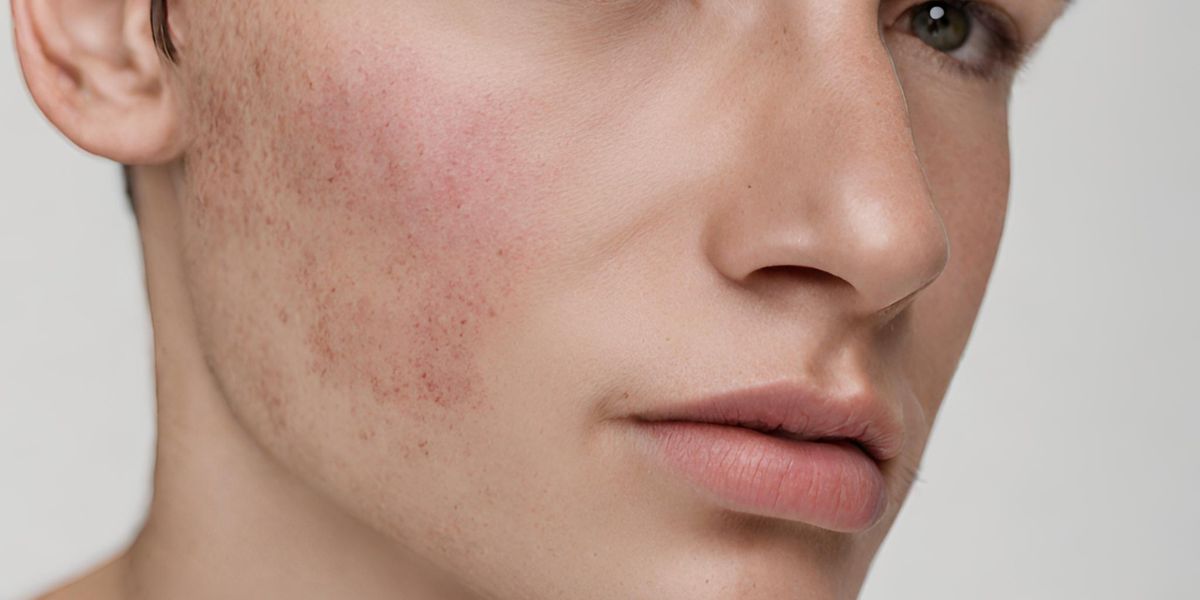Dealing with acne is troublesome enough, but the scars left behind can be even more distressing. Acne scars come in different forms – some are indented or pitted, some are raised, and some appear as discolorations. Fortunately, dermatology has significantly improved in treating various types of acne scarring. Here, we cover the top 10 most effective acne scar treatments available in 2024.
1. Laser Skin Resurfacing
Laser skin resurfacing remains one of the gold standards for acne scar treatment in 2024. Lasers work by targeting the scarred skin and stimulating new collagen production. This helps to “fill in” indented scars and make them less noticeable. Fractional laser treatments are gentler, with less downtime than traditional resurfacing lasers. The Fraxel laser is FDA-cleared for treating acne scars. Several treatments are usually needed, but results can be dramatic.
2. Microneedling
Microneedling has become a go-to treatment for acne scars in recent years. Fine needles are used to create microscopic wounds in the skin, which trigger new collagen and elastin production. Most patients need about 3-6 treatments spaced a month apart. Downtime is minimal – only a few days of redness. Microneedling works best on shallow acne scars and can be done alone or with other treatments.
3. Chemical Peels
Chemical peels come in different strengths and formulas to treat acne marks and scars. Light peels like modified Jessner’s solution or salicylic acid peels help smooth the skin’s texture and improve hyperpigmentation. Trichloroacetic acid (TCA) peels go deeper to stimulate collagen growth and are effective for ice-pick and depressed scars. Multiple treatments are usually needed for optimal results.
4. Dermal Fillers
For depressed acne scars, dermal fillers like hyaluronic acid can temporarily raise the indentations. Bellafill contains collagen to stimulate long-term volume under scars. Steroid injections are also sometimes used for certain indented scars. However, fillers don’t improve pitted texture or hyperpigmentation. Combining fillers with other treatments like lasers yields better overall improvement.
5. Subcision
This in-office procedure uses a needle to detach tethered, indented scars from the underlying tissue so they become raised to the skin’s level. Subcision is often combined with fillers or microneedling. Bruising can occur, and several treatments may be needed, but subcision can provide significant improvements, especially for rolling acne scars.
6. Chemical Reconstruction of Skin Scars (CROSS)
This technique uses a high-concentration TCA solution to resurface the skin and induce collagen regeneration. The CROSS procedure is performed under local anesthesia with treatments spaced eight weeks apart. It’s very effective for acne scars and improves skin texture, atrophic scars, and dyspigmentation. Redness and peeling occur during the weeklong healing process.
7. Punch Excision/Elevation
Punch excision involves using a punch tool to cut out deep, individual acne scars and then stitching the edges together. This can minimize the appearance of pitted scars. Punch elevation makes an incision around the scar to elevate it to skin level without removing it. The surrounding tissue is reattached with dissolvable sutures. There is about a week of healing time needed.
8. Plasma Skin Regeneration (PRP)
Platelet-rich plasma (PRP) therapy has emerged as a treatment for acne scars and fine lines. The patient’s blood is drawn and spun to isolate plasma with concentrated platelets. The PRP is then applied topically or injected into indentations. Growth factors in PRP renew collagen. Multiple monthly treatments are recommended, especially when combined with microneedling.
9. Cryoslush Therapy
This new acne scar treatment involves spraying ice-cold liquid nitrogen on the skin using a Cryoslush wand. The freezing stimulates new collagen while improving skin discoloration. Patients may need five or more cryo-slush sessions performed a month apart. This is a promising new option for depressed acne scars and post-acne erythema.
10. Fractional CO2 Laser
The fractional CO2 laser is more robust than fractional lasers and better for severe acne scarring. Instead of vaporizing the entire scarred area, it removes pixels of skin at a time, which hastens healing. Fractional CO2 laser resurfacing requires about two weeks of recovery but significantly improves scarred texture and indented scars. Multiple treatments deliver the best results.
In Considering Acne Scar Treatments
With continual technological advances, dermatologists have more options to treat acne scars. However, no single treatment can eliminate scarring in one session. Most patients benefit from a combined approach customized to their scar type and skin. Acne scar treatments work best when done in a series over time. Lastly, prevention is ideal – avoiding severe acne flare-ups reduces the risk of permanent scarring. Consistent skin care, medication compliance, and avoiding skin irritation can help prevent scarring and acne for more even-toned skin in the long term.
